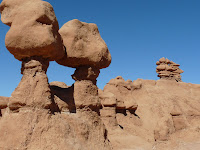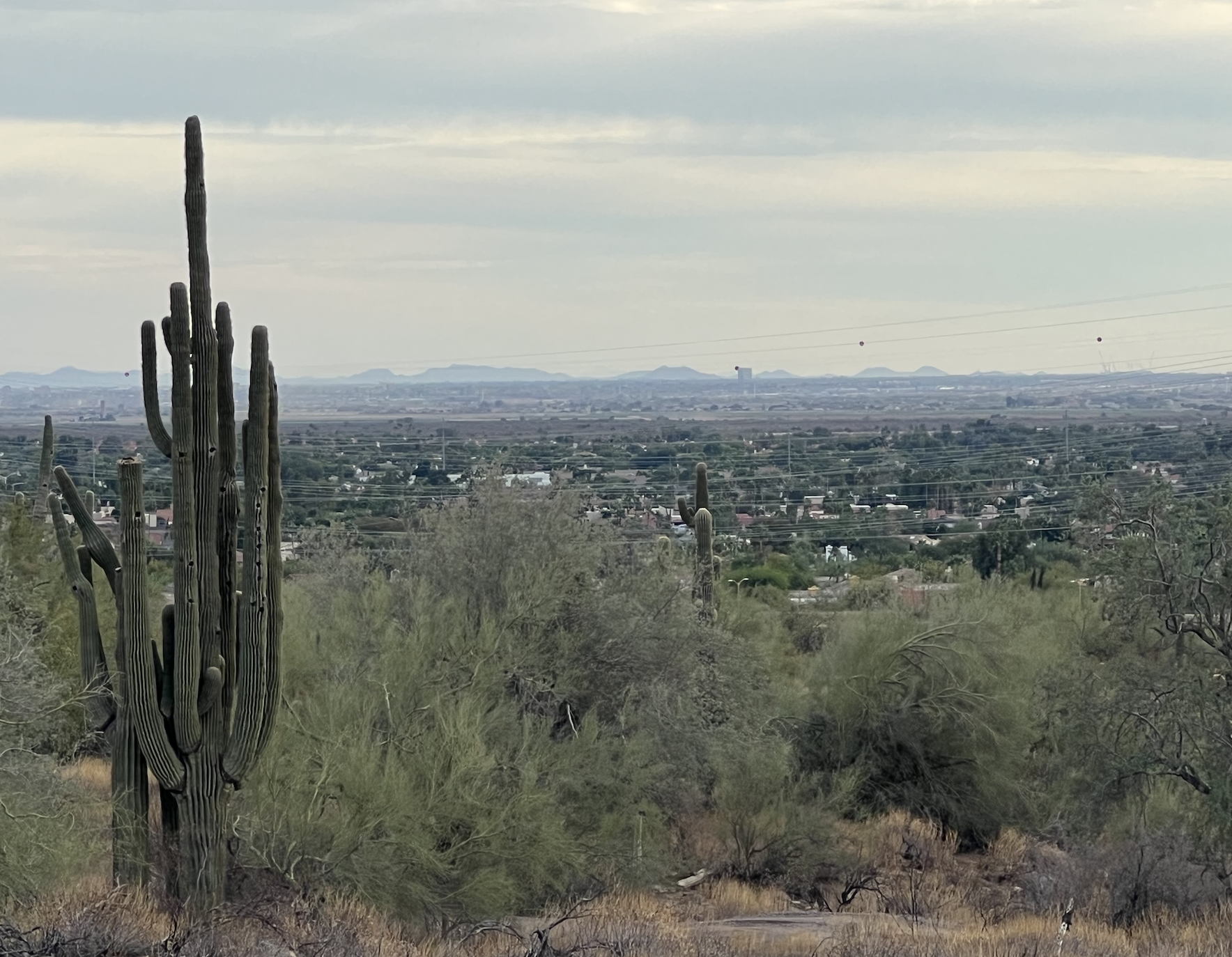Just got word of this one. A sustainability movement that began in Australia in 2007. It went global in 2008. It goes global global in 2009. The action is simple — turn off the lights for an hour in your local time zone, March 28, 2009 at 8:30 pm.
What I love in this is the simplicity of step. I don’t know the energy conservation impact of turning off the lights for that time. However, the shared identity, the common identity as citizens on the planet, on our earth, feels very impactful.
The three minute video is here. The website for more information and participating cities and countries is www.earthour.org.
A bit by the numbers from www.earthour.org…
10 million—total combined readership for magazines committed to running Earth Hour advertisements over the coming month. Includes: Martha Stewart Living, National Geographic, Oprah Magazine, Allure, J14, Health, Family Circle.
746,698—unique visitors to www.EarthHourUS.org.
105,727—registered participants on the Earth Hour US website to date.
48,000—letters sent to elected officials asking for action on climate change via the Earth Hour website.
29,000—number of times the official Earth Hour video has been viewed on YouTube in the past 90 days. Average is 1,500 views a day.
1,000—new friends signing up to WWF’s Facebook page each day as a result of Earth Hour.
8,000—blogs mentioning Earth Hour to date.
4,314—unique visitors to the EarthHourKids.org site.200—stories about Earth Hour on prominent online sources in the US (not including blogs). Highlights include Huffington Post, Boston Globe, Sprig and Blender.
78—countries taking part in Earth Hour. Nearly 700 cities have already signed up.
75—TV news stories in the US featuring Earth Hour.
28—US cities now pledged to turn out for Earth Hour.
20—seconds that elapse before someone new views the Earth Hour video.
7—seconds that elapse before “Earth Hour” is mentioned somewhere on the web.
4—US TV networks planning coverage.
I GET BY WITH A LITTLE HELP FROM MY FRIENDS: Support for Earth Hour is building among organizations across many sectors, many of which have committed to reaching out to their own constituents to build greater awareness. The list includes:
American Federation of Teachers
American Institute of Architects
Association of Science-Technology Centers Inc.
Astronomical League
CarbonfreeDC
Energy Action Coalition
Environmental Defense Fund
Goddard Schools
Green School Alliance
ICLEI – Local Governments for Sustainability
Jane Goodall’s Roots & Shoots Program
National Association of Secondary School Principals
National Conversation on Climate Action
National Education Association
National Science Teachers Association
Natural Resources Defense Council
Newspaper Association of America Foundation
Reading Is Fundamental
U.S. Conference of Mayors
Unitarian Universalist Association
United Church of Christ
World Organization of the Scout Movement
Youth Service of America
CAN WE TALK?: One great way for communities to translate Earth Hour into action that will last beyond March 28th is to take part in the National Conversation on Climate Action, organized by ICLEI-Local Governments for Sustainability, Yale School of Forestry & Environmental Studies, Earth Day Network and AmericaSpeaks. The National Conversation is an unprecedented community engagement effort that is designed for and driven by local governments. Communities can register at www.climateconversation.org.

